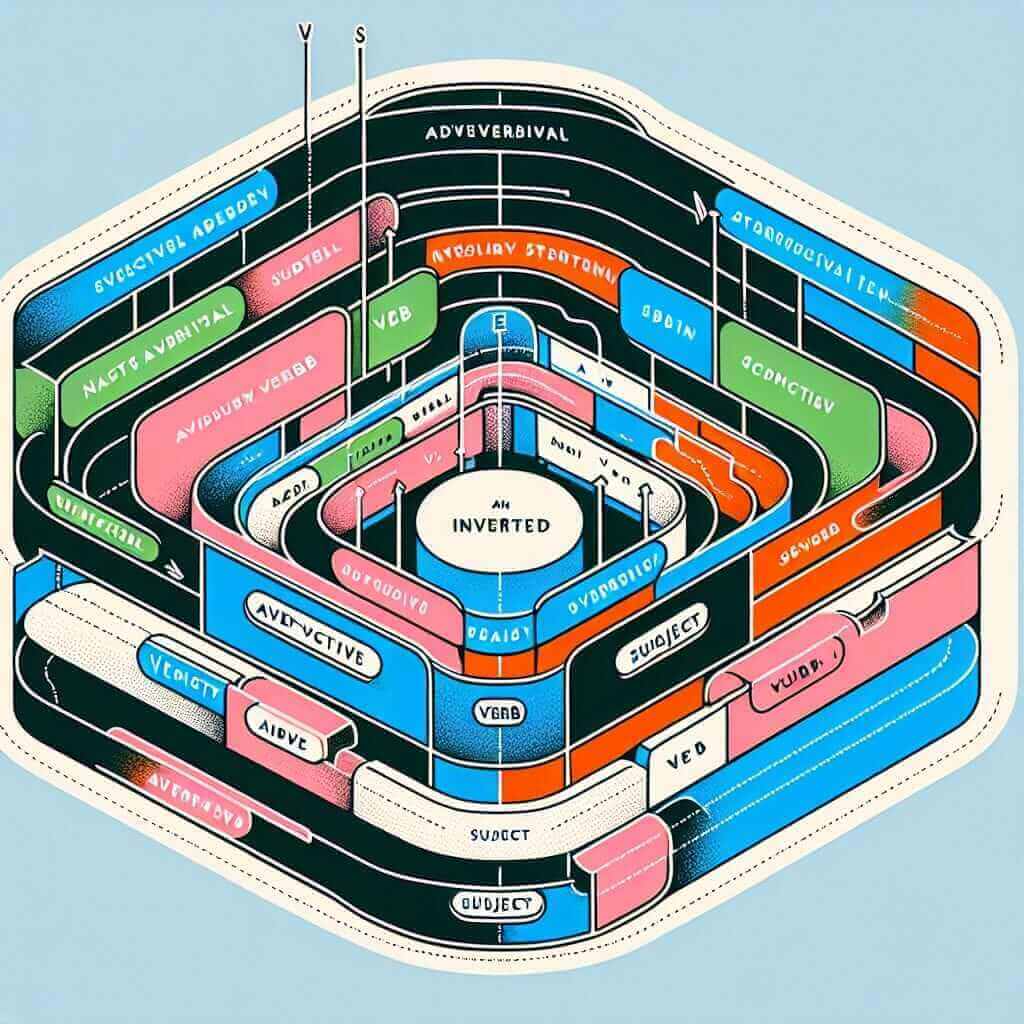The sentence “Not until the end did I see the twist” might sound a bit unusual at first, but it showcases a sophisticated grammatical structure called inversion that can significantly enhance your IELTS writing and speaking scores. This structure, while less common in everyday speech, is a hallmark of formal English and demonstrates a strong command of grammar. Let’s delve into how this structure works and how you can effectively utilize it in your IELTS exam.
Here are a few examples of how inversion can be used in different sections of the IELTS exam:
- Speaking Part 2 (Describe a book you read recently): “It was a real page-turner, and not until the very last chapter did I realize who the real murderer was.”
- Writing Task 1 (Describing a graph showing changes in tourism): “Not only did the number of visitors increase, but their average spending also saw a significant rise.”
- Writing Task 2 (Essay on the importance of environmental protection): “Only by taking collective action can we hope to mitigate the effects of climate change.”
In each of these examples, inversion adds emphasis and a more dramatic, formal tone to the sentences.
Understanding Inversion and Its Significance in IELTS
Inversion is essentially reversing the typical subject-verb order in a sentence. We usually use it to emphasize the information placed at the beginning of the sentence. For IELTS, using inversion correctly demonstrates a higher level of grammatical range and accuracy, ultimately contributing to a higher band score.
Mastering the “Not Until/Only” Inversion Structure
This specific type of inversion is triggered by negative adverbials or restrictive adverbs like “not until,” “only when,” “never before,” “rarely,” etc., placed at the beginning of a sentence.
Formula:
Negative Adverbial + Auxiliary Verb + Subject + Main Verb
Let’s break it down:
- Negative Adverbial: This sets the condition or time frame (e.g., “Not until the end,” “Only after the meeting,” “Never in my life”).
- Auxiliary Verb: This depends on the tense of the main verb (e.g., “did,” “have,” “will,” “can”).
- Subject: The person or thing performing the action.
- Main Verb: The action itself.

Examples and Analysis:
-
Sentence: Not until I saw the evidence did I believe him.
- Negative Adverbial: Not until I saw the evidence
- Auxiliary Verb: did
- Subject: I
- Main Verb: believe
-
Sentence: Only when they apologize will I speak to them again.
- Negative Adverbial: Only when they apologize
- Auxiliary Verb: will
- Subject: I
- Main Verb: speak
Applying Inversion in IELTS Writing and Speaking
Writing Task 1 (Describing Trends):
- Without inversion: The price of oil started to decline only after the government intervened.
- With inversion: Only after the government intervened did the price of oil start to decline. (More emphatic and sophisticated)
Writing Task 2 (Expressing Opinions):
- Without inversion: We can solve this global crisis only through international cooperation.
- With inversion: Only through international cooperation can we solve this global crisis. (Adds weight to the solution)
Speaking Part 3 (Abstract Discussion):
- Without inversion: I rarely see my childhood friends now.
- With inversion: Rarely do I see my childhood friends now. (Sounds more formal and natural in a reflective context)
Achieving a Higher Band Score: Using Inversion Effectively
- Variety and Accuracy: Don’t overuse inversion. Use it selectively to emphasize specific points and showcase your grammatical range. Accuracy is key—ensure the auxiliary verb agrees with the tense and subject.
- Contextual Appropriateness: While inversion is great for formal writing and mature discussions in speaking, it might sound out of place in casual conversations.
- Punctuation: Pay close attention to comma usage after the initial negative adverbial phrase.
Common Mistakes to Avoid:
- Incorrect auxiliary verb: Using “did” when it should be “have” or vice-versa.
- Omitting the auxiliary verb: “Not until yesterday I realized…” (Incorrect)
- Using inversion with non-negative adverbs: “Often I go to the park” (Incorrect – inversion is not needed here).
Conclusion
Mastering inversion, particularly the “not until/only” structure, equips you with a valuable tool to demonstrate advanced grammar skills in the IELTS exam. Remember to use it strategically, maintain accuracy, and practice incorporating it into your writing and speaking to enhance your overall performance.